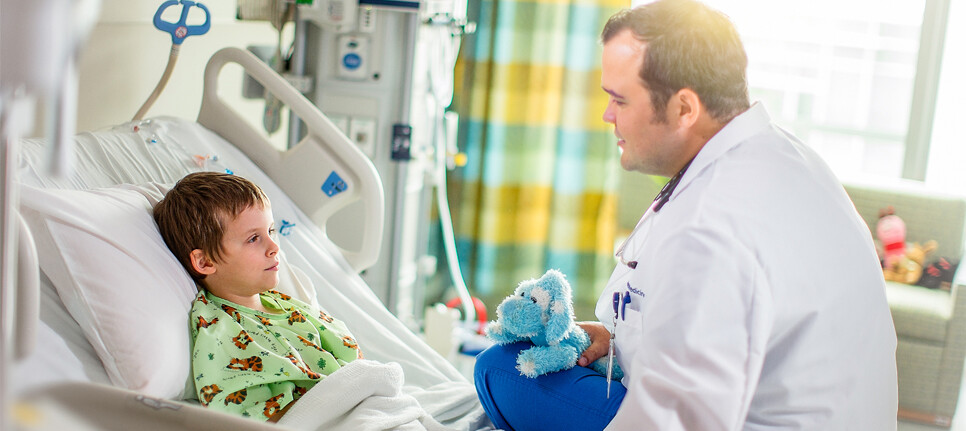Mothers and fathers should regularly take their children for check-ups, maintain proper nutrition for them, and if there is any suspicion of childhood cancer, they should immediately visit their Family Medical Unit (UMF), where prompt diagnosis and treatment can improve survival chances, according to Dr. Enrique López Aguilar, Coordinator of Oncological Care at the IMSS.
How does early detection help?
In childhood cancer, timely diagnosis and treatment are key to improving survival chances. In this task, mothers, fathers, caregivers, as well as family members and healthcare personnel play a vital role.
Has the situation changed with timely diagnoses?
Survival rates for this condition have increased in recent decades due to advances in multidisciplinary treatment and greater awareness of consistently monitoring children for any signs of oncological disease.
Which types of cancer are typically detected?
The main types of cancer in the pediatric population are leukemia, lymphomas, central nervous system tumors, abdominal tumors, and bone tumors.
What are the warning signs?
Some of the most noticeable signs include a white pupil in the eyes, enlarged neck lymph nodes, firm and hard tumor masses in the abdomen, found in the flanks indicating renal tumors, upper abdomen for liver tumors, and lower abdomen for bladder or ovarian tumors.
What are the less obvious signs?
Any increase in volume in any part of the body or organ, without inflammatory characteristics, is suspicious of cancer. Bone pain and increased volume are also indicators. Therefore, vigilance by primary healthcare providers is important for early detection.
Are these detections consistent?
In just the last two weeks, 121 beneficiaries have been added to the national oncological treatment registration platform, bringing the total to 13,494 patients, of which 40% are pediatric and 60% are adults. They are being treated in 67 hospitals, 15 High Specialty Medical Units (UMAE), and 52 second-level units.
Where does IMSS treat pediatric oncology patients?
The Social Security Institute has the treatments, constantly trained multidisciplinary teams, and 35 State Reference Centers for the Care of Boys and Girls with Cancer (ONCOCREAN). This ensures timely and quality care.
TYT Newsroom



